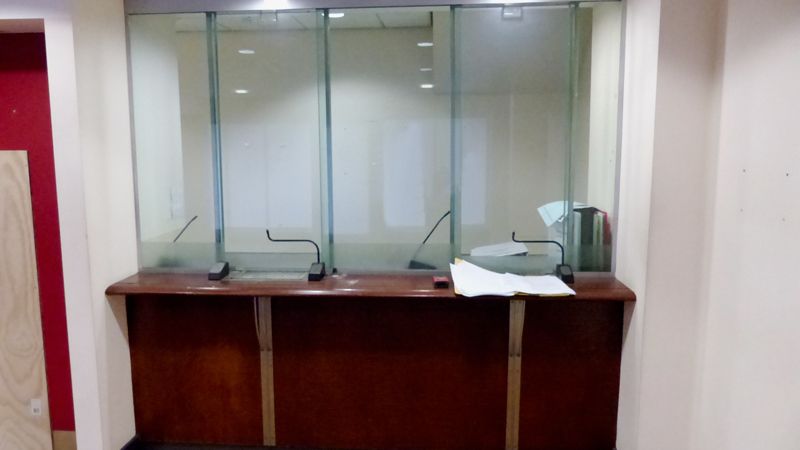If at the end of the lease term the landlord is able (and willing) to retain the tenant, a new lease will be prepared and entered into.
In this instance, the new lease should either:
- Refer to a schedule of works the landlord requires the tenant to complete pursuant to the terms of the old lease. In this way the landlord can ensure that the dilapidations which occurred during the initial lease can be claimed for at the end of the new lease, OR
- Specifically reference the covenants contained in the old lease, particularly in respect of reinstatement and clarify that the tenant will still be liable for any dilapidations which occurred during the initial lease.
Often, the new lease will not contain any reference to the prior lease and therefore the tenant will not be liable to reinstate any alterations they carried out during the initial lease. Such alterations will become landlord’s fittings. In a large property where extensive fit outs have been carried out this can incur the landlord significant costs.
George Watts, Associate with Cooke & Arkwright’s Building Consultancy says, “We have encountered this problem on several occasions. On a recent terminal dilapidations instruction we found that the former tenant, a bank, was not liable to remove its old serving counters.
“The bank had been in occupation for twenty years with a new lease being entered into after an initial 10 year term. It was clear the counters were installed during the first 10 year lease; however, there was no reference to the fit out in the new lease or any reference linking the terms of the older lease to the new lease.
“Due to the poor wording of the lease the landlord was unable to include the removal of the tenant’s fit out in the terminal schedule of dilapidations.
“Landlords should seek expert advice from a surveyor and/or solicitor to ensure they are not limiting their tenant’s liabilities when agreeing a new lease.”



